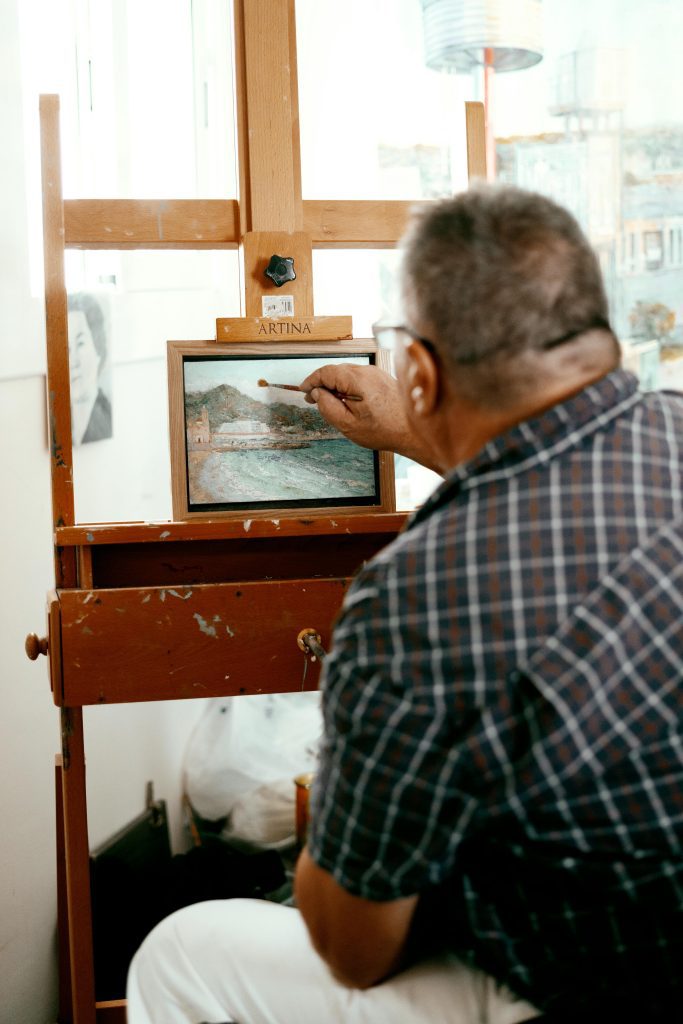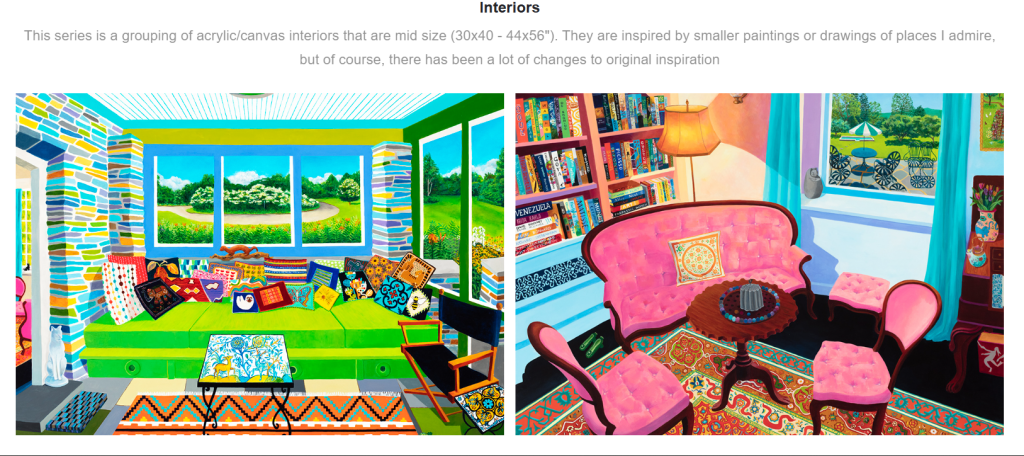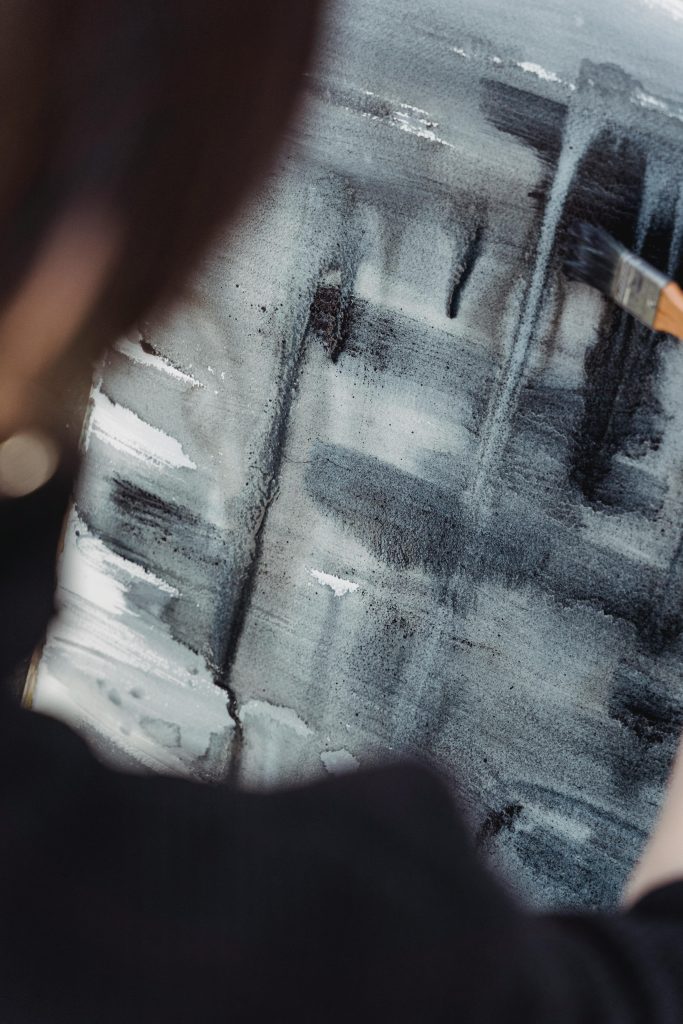Digital Tools Every Artist Should Use to Upgrade Their Portfolio

Your Portfolio Just Got a Digital Upgrade
Once upon a time, an artist’s portfolio was a heavy binder, tucked under one arm and brimming with carefully mounted pieces. You’d hand it over with both hope and hesitation, wondering if anyone would truly see your work. Fast-forward to today, and things look wildly different. Your art can travel across continents in seconds, land in inboxes, DMs, and gallery submission forms, all thanks to technology.
Tech hasn’t just made portfolio-building easier. It has completely rewritten the rules. From interactive websites to mobile-optimized galleries and virtual exhibition spaces, the modern portfolio is no longer just a collection. It’s a living, evolving experience.
But with more access comes more choices, and that can be both exciting and overwhelming. If you’ve ever felt unsure about where to start, or how to update your old-school PDF into something truly magnetic, this is your warm, artist-friendly roadmap.
From Binders to Browsers: The Digital Shift
The biggest shift technology brought to the portfolio world? Accessibility. You don’t need to print glossy pages, mount canvases, or pay to courier your work anymore. With a few clicks, your entire creative world can be available online, anytime, anywhere.
Websites like Wix, Squarespace, and Adobe Portfolio let you build beautiful, professional sites without needing a tech degree. Many of these platforms come with portfolio-specific templates designed just for visual artists, illustrators, photographers, and designers.
Plus, digital portfolios aren’t static. You can easily update your site with new work, adjust your artist statement, or shift focus as your style evolves. This flexibility is gold, especially for artists who are constantly experimenting, collaborating, or exploring new mediums.
And if you’re looking for a space that does more than just host your portfolio, Women in Arts Network offers a hybrid solution. You get a customizable artist profile and access to open calls, features, and community. It’s like building your portfolio inside a professional, supportive ecosystem. You just have to create an account and drop in your work in an already existing prompt. Yes! It’s that easy.
How to Use the Women in Arts Network for Your Portfolio
- Sign Up for Free – Create your artist profile in minutes.
- Add Your Info – Upload your bio, links, and social handles.
- Showcase Your Work – Add images, series, and descriptions.
- Get Discovered – Be part of a searchable artist directory.
- Apply Easily – Use your profile to submit to open calls.
- Update Anytime – Edit your portfolio as your work evolves.

Your Portfolio Is Now Searchable
Another gift of technology? SEO (Search Engine Optimization). Before you yawn, stick with me. This is the secret behind being found. A well-tagged digital portfolio means curators, collectors, and collaborators can discover your work through simple online searches.
When you upload your work to a platform, use specific titles, descriptive captions, and keywords that reflect what your work is about. For example, “abstract oil painting exploring climate anxiety” is a lot more searchable than just “Untitled #4.”
Your online presence becomes more than a portfolio, it becomes an invitation. You’re creating pathways for opportunities to find you, rather than always chasing them down.
Tools like Google Analytics, Pinterest, or even your Instagram insights can show you what keywords or styles are attracting views. Lean into those signals and update your portfolio accordingly. It’s less about gaming the system and more about clarifying your voice.
Mobile-First Is the New Standard
Imagine a gallery director scrolling through submissions on their phone while riding the train. That’s not fiction, it’s reality. If your digital portfolio isn’t mobile-optimized, you’re missing out.
Responsive design (aka how your site adapts to screens of all sizes) is no longer optional. Platforms like Squarespace and Women in arts network automatically create mobile-friendly layouts, so your work shines whether it’s seen on a phone, tablet, or desktop.
Avoid tiny fonts, overlapping images, and heavy file sizes. And always, always preview your site on multiple devices before sharing it publicly.
Multimedia Portfolios? Yes, Please
Today’s portfolios don’t have to be flat. They can include videos, animations, time-lapse footage, voiceover narrations, and interactive galleries. Technology lets you tell the full story, not just show the final frame.
Platforms like Vimeo, YouTube, and even Canva let you integrate dynamic media into your portfolio. That means you can show your process, reveal texture and scale, or even walk someone through your studio virtually.
This is especially helpful for artists working in performance, installation, or large-scale formats. A photo can’t always do justice. But a video or 360-degree view? That’s where the magic comes alive.
Social Media Is Part of Your Portfolio
If you’re already sharing your art on Instagram, TikTok, or Threads, you’re halfway there. Social media platforms can double as parts of your portfolio when used with intention.
Linking your website in your bio? Smart. Using consistent visual themes and storytelling across posts? Even smarter. Highlighting process videos, before-and-after reels, or even timelapse sketches? Brilliant.
Just make sure to funnel the traffic somewhere more permanent. Social media is fast and ephemeral. Your portfolio should be your home base. Consider it the curated hub where interested folks land after discovering you elsewhere.
Want to use Instagram as more than just a place to post your art? The Arts to Hearts free guide shows you exactly how to turn your Instagram into a powerful, professional portfolio. This isn’t about chasing likes, it’s about building a space that truly reflects your creative voice and attracts the right people to your work. Whether you’re just starting out or looking to refine your feed, this guide walks you through how to curate, present, and optimize your Instagram for visibility and impact. It’s practical, artist-friendly, and totally free, perfect for anyone ready to make their profile work harder for their career.
AI Tools and Templates Are Saving Time
Tech doesn’t just give you a place to post your art. It gives you tools to present it better, and faster.
Think AI-powered writing assistants that help you draft your artist bio. Or online tools like Canva, which let you mock up polished portfolio PDFs, Instagram carousels, or moodboards in minutes.
There are also smart portfolio builders like Carbonmade or Format that use AI to suggest layouts based on your artwork. You don’t have to make every design decision from scratch.
Showcase your art like a pro with this Customizable Digital Portfolio Template for Artists! Made for creatives and easy to edit in Canva. Artists have used this exact template to land exhibitions, grants, and dream opportunities. It’s beautiful, professional, and stress-free, just drop in your work and shine

Real-Time Updates = Real-Time Opportunities
One of the best things about a digital portfolio? You don’t have to wait for the next “version.” You can add a new project the moment you finish it.
This keeps your portfolio fresh and shows that you’re active, something curators and collectors love to see. Even a simple “recent work” section or a blog-style update can give your portfolio a living, breathing feel.
Women in Arts Network profiles allow you to edit and update your work any time. Finished a new painting? Upload it. Got featured in a show? Add the link. Technology makes that process fast and empowering.
Your career evolves constantly. Let your portfolio evolve with it.
Community-Backed Portfolios Hit Different
Uploading your work to a solo website is great, but uploading it inside a thriving artist network is even better.
You’re not just another URL floating on the internet. You’re part of a curated, intentional space where people come specifically to discover new, diverse voices in the arts.
This sense of community adds credibility to your profile. It also gives you chances to be featured, apply to curated open calls, and collaborate with other artists.
In a sea of portfolios, being connected to a strong network makes yours stand out. It’s not just about your work, it’s about being findable in the right places.
Analytics: Your Secret Art Assistant
Once your digital portfolio is live, you can track how people interact with it. That sounds techy, but it’s incredibly useful.
With tools like Google Analytics, or even built-in insights from Wix or Squarespace, you can see which pages get the most views, where your visitors come from, and what work resonates the most.
It’s not about changing your art to fit numbers, but about understanding what connects. This data can guide future updates, help with grant writing, and even inform your next creative pivot.
It’s Never Been Easier to Shine
Technology has completely transformed how artists build, present, and share their portfolios. What used to be gatekept behind gallery doors and expensive printing costs is now open to anyone with an internet connection and a little drive.
Yes, there’s a learning curve. But the tools are here, the templates are friendly, and the networks are built with artists like you in mind.
You don’t have to be perfect, polished, or even finished. You just have to start. Your portfolio isn’t a static project, it’s a dynamic mirror of your practice. And with the right tech, you can shape it into something that speaks, sells, and spreads.
